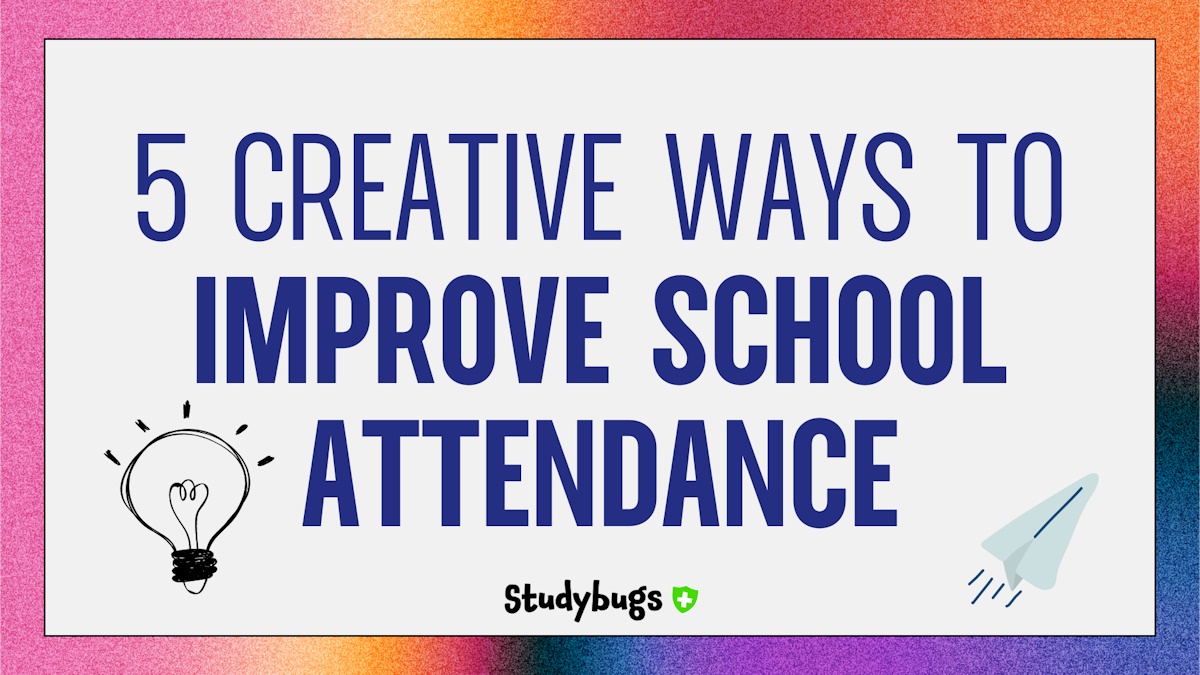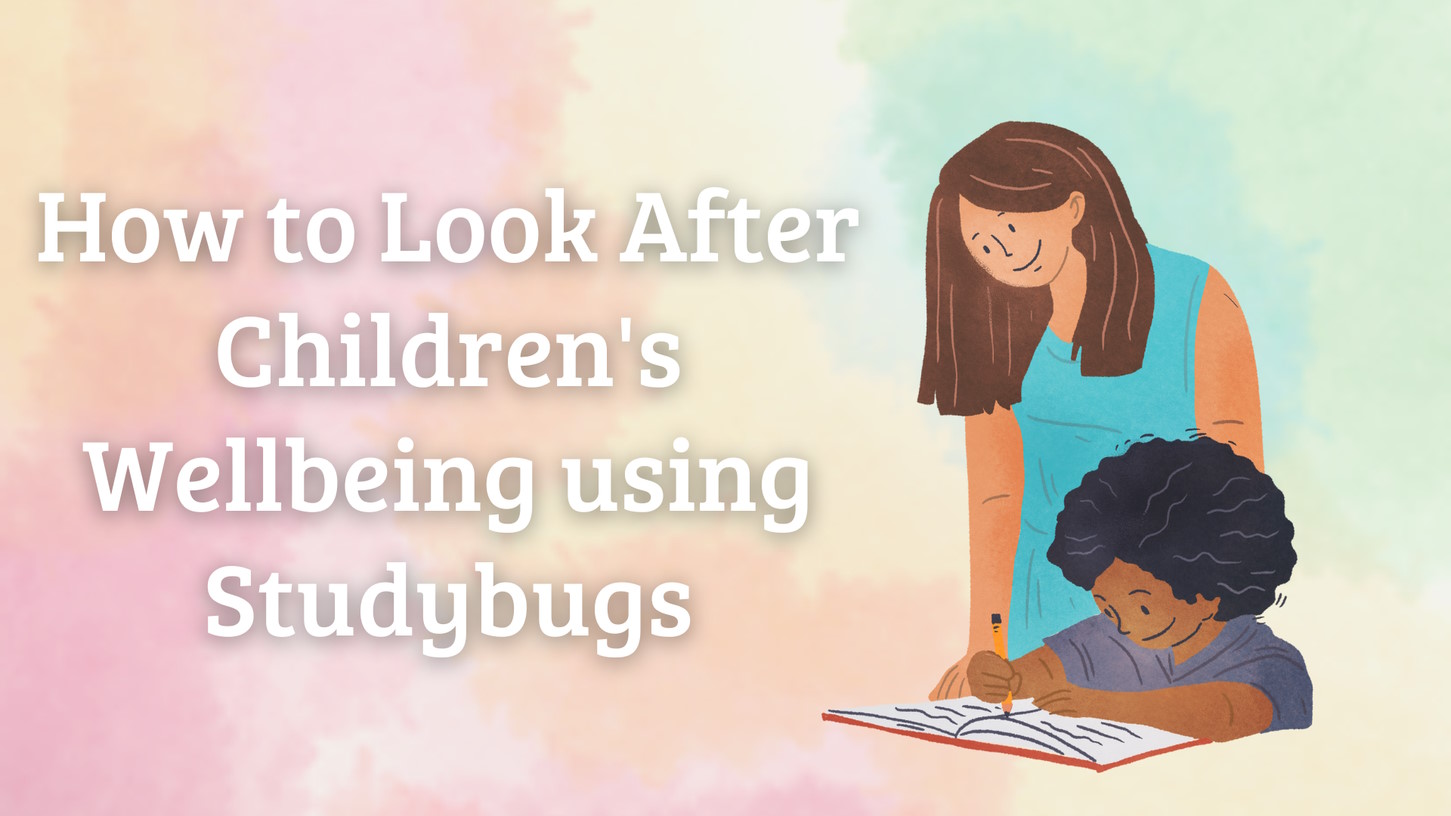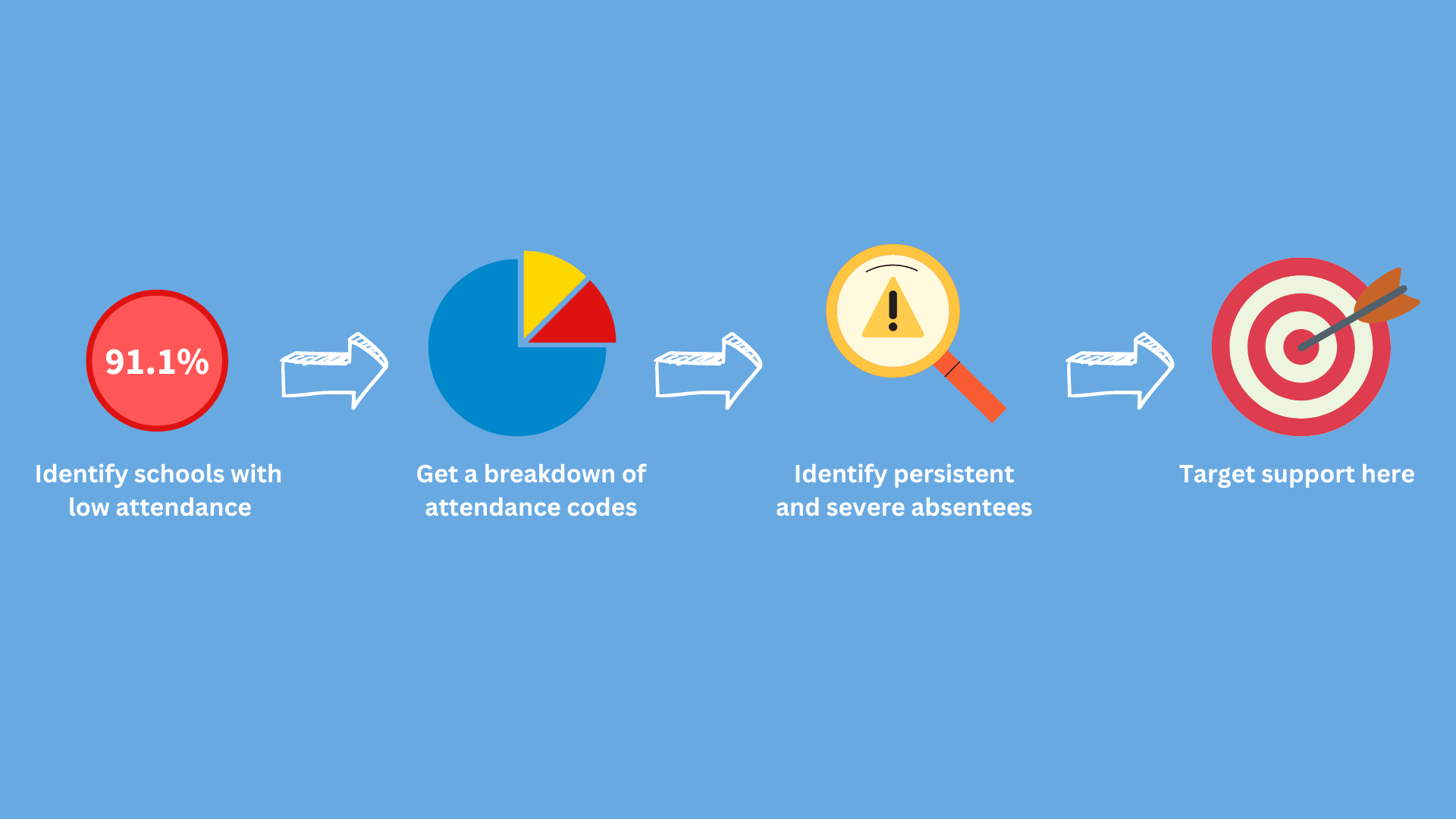What’s Going Around
Explore insights, updates and real-world impact from across the Studybugs community. From school absence trends to public health innovation, our blog shares stories and ideas that help keep children happy, healthy and in school.

Introducing the New Studybugs: A Bold Look for a Bold Vision
Studybugs has updated our branding to better reflect our growing impact, the communities we work with and our new mission: ensuring every child’s welfare.

How Do You Improve Staff Wellbeing in School?
Key ways to improve staff wellbeing in school include: making them feel supported, giving staff the right to switch off and reducing their admin burden.

New Parent Alerts for Counting Register Marks
Automatically alert parents when their child gets a certain number of marks in the register.

How to Improve Attendance in UK Secondary Schools
Improve secondary school attendance by taking a whole-school approach. Learn how to analyse data, empower staff and create a culture students love with these tips.

How to Improve Attendance in UK Primary Schools
Improve primary school attendance by taking a whole-school approach. Learn how to analyse data, empower staff and build strong relationships with families using these tips.

Supporting Children Who Miss School Due to Mental Health
We explore how schools can support children when mental health affects their attendance. See how to intervene early, provide a tailored support plan, engage families and more.






























